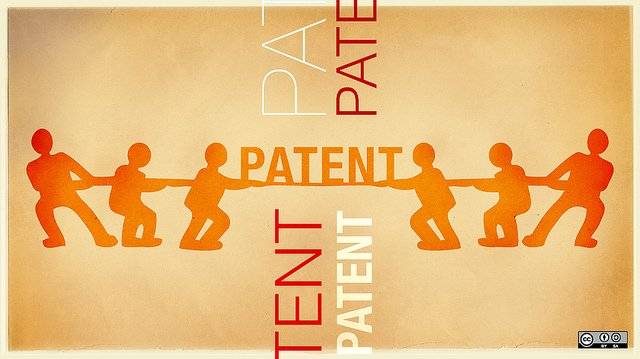Case Facts
A mechanical device was patented and a first reissue was filed within four months of the patent on April 9, 1872. The reissue was granted. Then after four years The second reissue was filed a little more than a month after the first was granted. In this reissue the specification was largely refrained, drawings changed in form not in substance and the claim was changed by adding a necessary phrase.
Issue
Whether a second reissue can be granted if the applicant alters the claim after refraining and changing the drawings?
Holding
The court held that a reissue can be granted if the change in claims doesnot go beyond the scope of the specification and if the mistake was inadvertent and if it is brought before the commissioner within a reasonable time.
Analysis
The precedents indicate that the power to reissue may be exercised when the patent is inoperative by reason of the fact that the specification as originally drawn was defective or insufficient, or the claims were narrower than the actual invention of the patentee, provided the error has arisen from inadvertence or mistake, and the patentee is guilty of no fraud or deception; but that such reissues are subject to the following qualifications:
1. That it shall be for the same invention as the original patent, as such invention appears from the specification and claims of such original application.
2. That due diligence must be exercised in discovering the mistake in the original patent, and that, if it be sought for the purpose of enlarging the claim, the lapse of two years will ordinarily, though not always, be treated as evidence of an abandonment of the new matter to the public to the same extent that a failure by the inventor to apply for a patent within two years from the public use or sale of his invention is regarded by the statute as conclusive evidence of an
abandonment of the patent to the public.
3. That this court will not review the decision of the Commissioner upon the question of inadvertence, accident or mistake, unless the matter is manifest from the record; but that the question whether the application was made within a reasonable time is, in most, if not in all such cases, a question of law for the court.
The original claim was a clear mistake, since affixing the connecting-rod and springs to the front axle would render it impossible to be turned, and in addition to this, the original drawing shows it affixed to the bolster. The correction of a mistake so clear, made within so short time after the issue of the original patent, was undoubtedly within the power of the Commissioner, as defined by Rev. Star. section 4916. The lateral bracing by the rock-rods mentioned in the claim of the original patent was a merely incidental function to the operation of the rock-rod in securing the axle to the spring, and their omission cannot be considered an enlargement of the claim. The defendant was the only one who had infringed the patents and he did not begin to manufacture the infringing device until 1882, six years after the second reissue was granted. In view of this and the fact that the second reissue was applied for within five months from the time the original patent was granted, and within thirty-seven days after the first reissue, and that it covers no more than the actual invention of the patentee, so far as the same is an improvement upon the Augur patent, it should be upheld
Image Source/Attribution here (Governed by Creative Commons License CC BY – SA 2.0)



